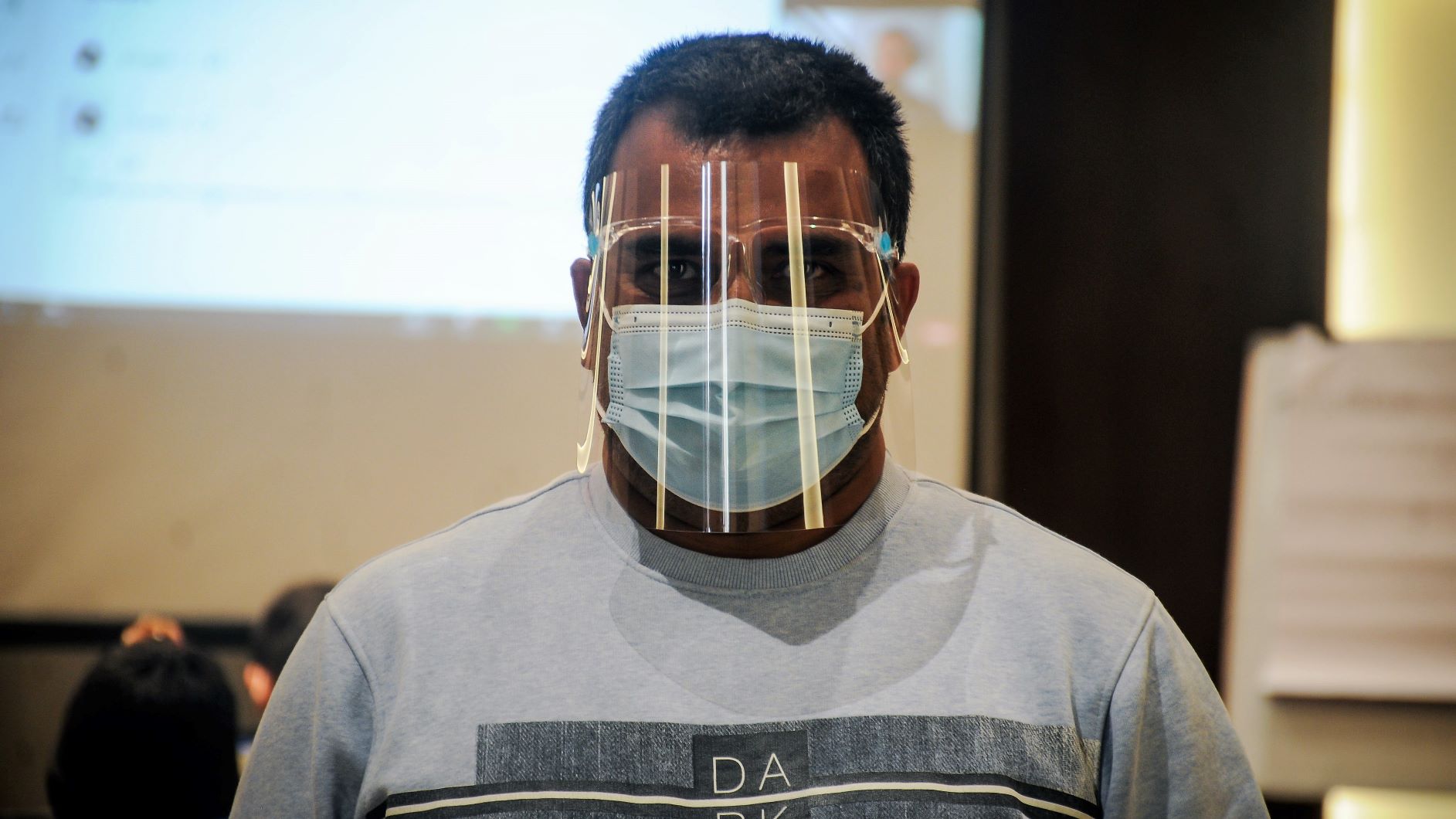
Travelling was not easy; especially after facing a non-sense strike and fuel crisis, but it was full of fun.
I left Kathmandu for a short-trip to Manakamana Temple. It trip was supposed to be completed in 24 hours but it took almost 50 hours. A two-hour strike on highway at Kurintar destroyed our plan and forced us to go to Pokhara. Stories from the trip (a personal diary):
A Highway Closed
As we were two-km away from Kurintar, where we were supposed to get into a cable car to take us to Manakamana temple, there was suddenly a queue of vehicles. The cause, I found out after walking five minutes, was an accident. An ambulance hit a boy and ran away.
The boy was injured, not seriously, and the locals demanded that the ambulance that had hit him to be brought back and the boy taken to a particular hospital in Kathmandu. They said they would only let the vehicles go after a phone call from the hospital that the injured had been admitted.
The locals were divided. The elders were saying if the police promised that to happen, they should let the vehicles go. Youths, especially two of them, were arrogant saying nothing would happen if they closed down the highway for a day or two at the time when Tharus had closed entire Tarai for 10 days.
The highway opened after more than two hours after long negotiation with the locals by police. We did not stay to know on what promises.
The PM Cup football final
We were five – my couple, a friend’s couple and their little son. Subash is a football fan. Though I had not been regular to PM Cup football tournament, I would have gone to the stadium on the day if I was not travelling. Nepal Red was playing the final with Sri Lanka in front of a record crowd.
There were two good things: the first Nepal won the final 4-2 on tie-breakers. And, due to highway closure, we could watch the live telecast of the match at a tea-shop.
To Pokhara
As the cable-car closes at 5:00 PM, we could not go to the temple. Rather than returning, we decided to go to Pokhara – some 100km west. We were at Pokhara by 8:30 PM and had requested a friend of mine, whose brother-in-law was a policeman in Pokhara to find us a guest house. He turned out to be very helpful and put us in a guest house at a very low cost.
At around 11:00 PM, I heard noises downstairs and a woman crying. I could not sleep but at the same time was so tired that I could not put on enough courage to get off the bed and look what had happened.
Next day, we knew that the owner of the guest house had died and his funeral happened in the morning.

Sarangkot [without sunrise/mountains]
Sarangkot provides the best view of the sunrise. We woke up early to go there, but Pokhara was on the different mood. There was thick fog and no sunrise for us. It was my sixth visit to Pokhara and the only one when I could not see the famous Machhapuchhere [fishtail] peak.
Came back to city to know that our guest house owner died last night and there was no petrol in the city. Even the policeman could not arrange any, as we were forced to stay back.
I had always loved boating at Fewa lake – the beauty of Pokhara. The policeman arranged us a boat, put all of us on a rowing boat. A man with two oars followed us, pulled out boat to water and then, surprise, instead of getting into it; he handed over the oars to us wishing us a good boating.
We were stunned. None of us had rowed a boat in past. We had to learn it now. After very hard learning, I somehow learned to steer it as my wish. That was good part.
At the middle of a lake, a journalist friend called us to inform he had arranged petrol for us. We quickly went to him; got 15 liters of petrol from a closed fuel station and then hurried to Kurintar.

Manakamana [the goddess to fulfill wishes]
In Nepal, we believe, if we promise to visit a temple and do not visit it, and then it will be a curse. I had made a vacal [promise] to visit Manakamana long ago; a reason for my visit.
We went at the temple in the evening. And, in the morning to offer a puja; I felt all good after performing the puja and hope that the goddess will fulfill my wish.
That’s all for the diary.














